Gangotri Temple, nestled in the picturesque landscapes of the Himalayas, is not only a significant pilgrimage site but also a place where ancient rituals, distinct timings, and sacred ceremonies converge to create a spiritual haven for devotees. In this comprehensive exploration, we delve into the intricate tapestry of rituals, the precise timings for darshan and pooja, and the spiritual significance that permeates every facet of this revered temple.
- Entry Fee: No entry fee
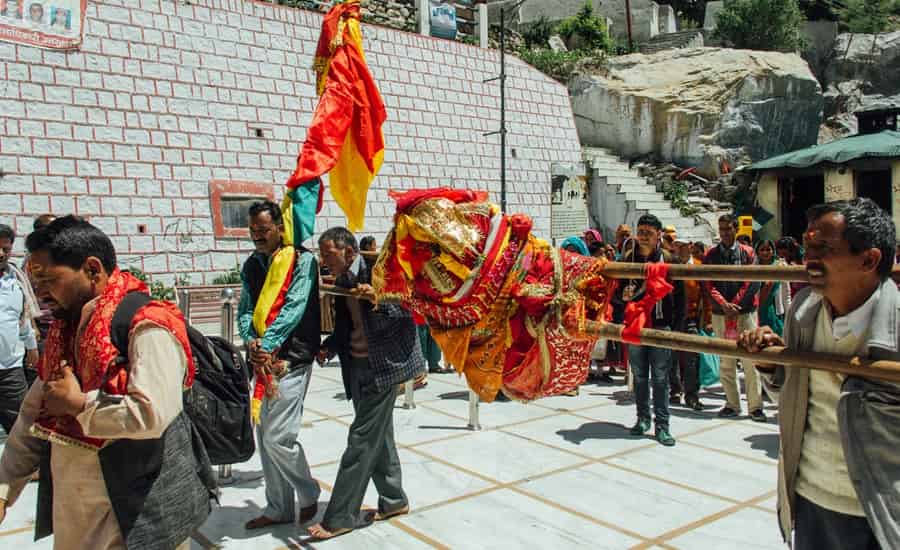
Historical Overview
Built in the 18th century by the Gorkha General Amar Singh Thapa, Gangotri Temple stands proudly on the left bank of the Bhagirathi River. Surrounded by the majestic beauty of deodars and pines, the temple’s historical roots intertwine with the sacred narrative of King Bhagirath, who worshipped Lord Shiva at the nearby “Bhagirath Shila.” Dedicated to Goddess Ganga, the temple exudes an aura of spirituality, heightened by its proximity to the flowing waters of the Bhagirathi.
Priesthood and Rituals
The temple’s religious affairs are overseen by Pujaris and Brahmins from the village of Mukhwa. A significant ritual involves the transportation of water from Gangotri to offer to Lord Shiva. This water, believed to contain nectar, symbolizes an elixir that soothes the throat of Shiva, who had consumed poison for the welfare of the world.
Temple Timings
For devotees seeking divine communion, the Gangotri Temple opens its doors during specific timings:
- Morning: 6:15 am to 2:00 pm
- Evening: 3:00 pm to 9:30 pm
These timings are crucial for darshan (viewing of the deity) and participation in various religious ceremonies, providing a structured framework for spiritual engagement.
Ganga Aarti and Abhishek
The evening unfolds with the mesmerizing Ganga Aarti, a daily ritual where lamps are lit, and devotional songs echo through the temple, praising the divine essence of Goddess Ganga. The Abhishek, a ritualistic bathing of the Goddess’s idol, involves the use of sacred substances such as water, milk, honey, and curd. This symbolic purification is believed to cleanse the minds and souls of the devoted.
Rudrabhishek and Akhand Jyoti
Special pujas, including Rudrabhishek, are conducted on specific occasions like Mondays, Shivratri, and the month of Shravan. During Rudrabhishek, both Lord Shiva and Goddess Ganga are worshipped, reinforcing the interconnectedness of these divine entities. The Akhand Jyoti, a continuous lamp-lighting ceremony, symbolizes the eternal light of knowledge and burns incessantly, fostering a spiritual ambiance within the temple premises.
Festive Closure and Akshaya Tritiya Reopening
An interesting facet of Gangotri Temple is its closure from the day of Diwali annually. However, on the auspicious day of Akshaya Tritiya, the temple reopens its gates to welcome devotees. During the interim period between Diwali and Akshaya Tritiya, Maa Ganga is worshipped in the Mukhba Village near Harsil, emphasizing the continuity of devotion beyond the temple’s physical boundaries.
- Also Read: Gangotri Dham Opening Closing Dates for 2024
Rates and Offerings
While spiritual experiences are priceless, the temple has established a framework for offerings and donations. Devotees are encouraged to contribute to the temple’s maintenance and various charitable activities. The distribution of Prasad, consisting of blessed food offerings, holds immense significance, and devotees receive it after every puja and ceremony. The Prasad is believed to carry the divine blessings of the Goddess, providing nourishment to the body and soul.
Conclusion
Gangotri Temple, with its rich history, elaborate rituals, and a harmonious blend of spirituality and natural beauty, stands as a testament to the enduring faith of devotees. The precise timings, sacred ceremonies, and meaningful offerings create a holistic spiritual experience that transcends the confines of time and space. As the divine aura envelops the temple, it continues to be a beacon of faith and a revered destination for those seeking solace in the embrace of Goddess Ganga.


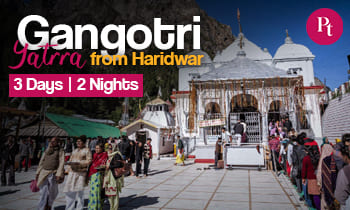
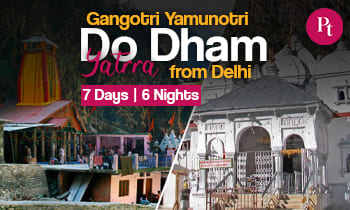

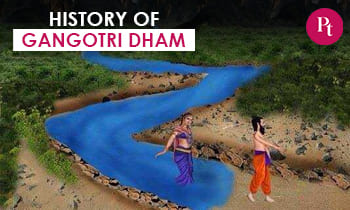
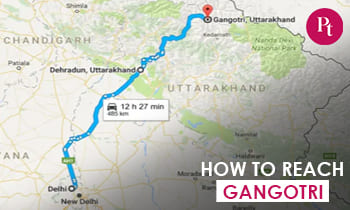
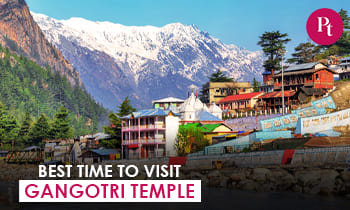

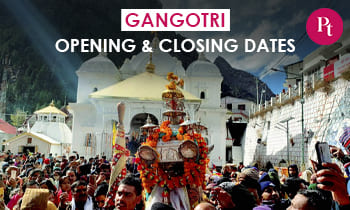
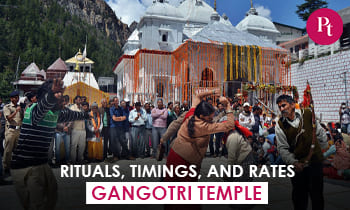

 Call
Call WhatsApp
WhatsApp Enquiry
Enquiry